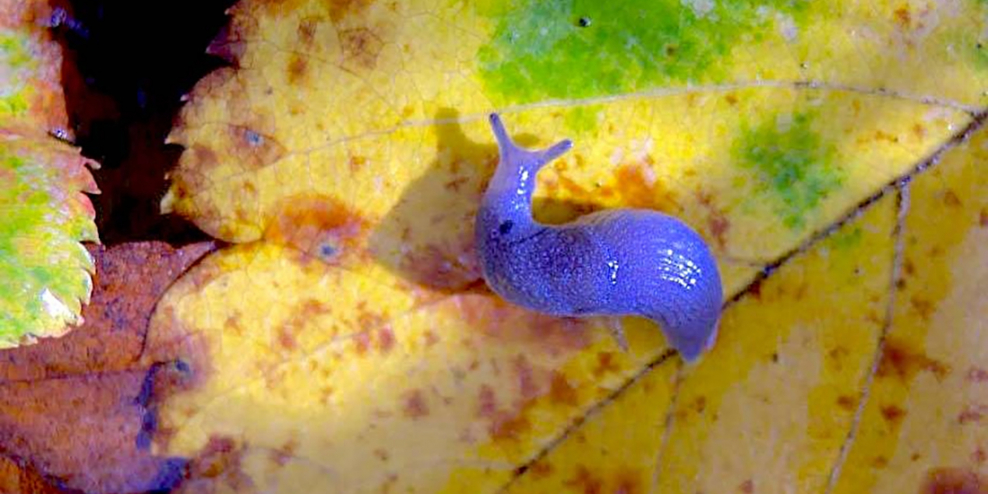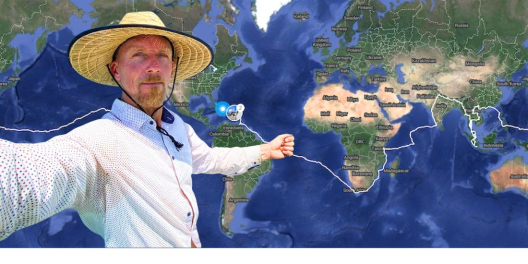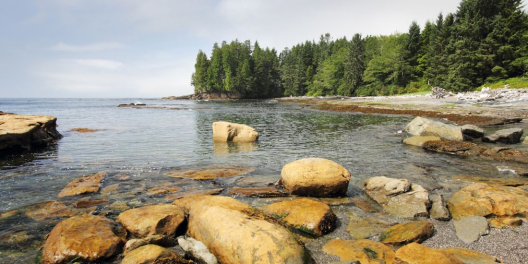Lions and Tigers and Bears, oh my!
People are pretty easily inspired by some of nature’s biggest mammals.
Orcas, polar bears, and fur seals are just a few beautiful but endangered species that rightfully get a lot of attention.
But what about the critters that are a little less awe-inspiring?
If they have a cuteness factor like our Island Marmots, they still get a lot of love and care.
But slimy creepy crawlers? They’re a little tougher to advocate for.
Executive director for the Marmot Recovery Foundation, Adam Taylor, knows this first hand.
He used to advocate for bats, reptiles, and slugs before moving on to helping the adorable Island marmots.
So he knows that most of the 640 species currently listed under Canada’s Species At Risk Act have very few people sticking up for them.
And although some of them may be tiny, they play huge roles in our ecosystems.
The National Observer asked Taylor and other BC biologists to “champion a less charismatic creature they think is fascinating and deserves a little public adoration.”
So we’d like to introduce you to Taylor’s top pick.
You may not want to find one in your home. But out in our forests, they’re definitely worth a second glance.
Taylor put a spotlight on the alien blue slug in the title photo.
Found only on VanIsle, the Blue-Grey Taildropper is the slug of every kid’s dreams.
Extremely rare, its colour ranges from pale seawater grey to striking topaz blue! As the name suggests, if grabbed by a predator, it simply ditches its tail as a distraction tactic.
Pretty cool, right? But what they and other slugs do for our forests is actually a bigger superpower.
They break down dead animals, leaves, vegetation, and poop—and help to recycle those nutrients throughout the ecosystem.
The Blue-Grey Taildropper specifically feeds on mycorrhizal fungi.
Mycorrhizal fungi are symbiotic relationships that form between fungi and plants. That means the relationship between the fungi and the plants makes life better for both of them.
The fungi spread through the root system of a plant. Once established, they help plants absorb more water and nutrients and increase protection against illness! The plant, in turn, provides the fungus with the energy they make from sunlight.
They’re extremely beneficial to nearly every plant species, and the Taildropper is one of a few creatures responsible for spreading them through our forests.
By eating and pooping out these essential fungi, they help keep the ecosystem thriving and healthy.
However, climate change, human development, and invasive species such as the European black slug are threatening its ability to carry out this important task.
All slugs are remarkable composters that recycle nutrients that keep forests healthy.
The Blue-Grey Taildropper is just one of the VanIsle’s slugs that are struggling.
Dromedary and warty jumping slugs also make the list. While they might not have the same artistic appeal, they also deserve some more attention.
If you’d like to learn more about VanIsle’s endangered slugs, you can go through the full list on the Species At Risk Registry website.
And if you want to know more about protecting VanIsle’s creepy crawlers, you might want to ask Adam Taylor.









